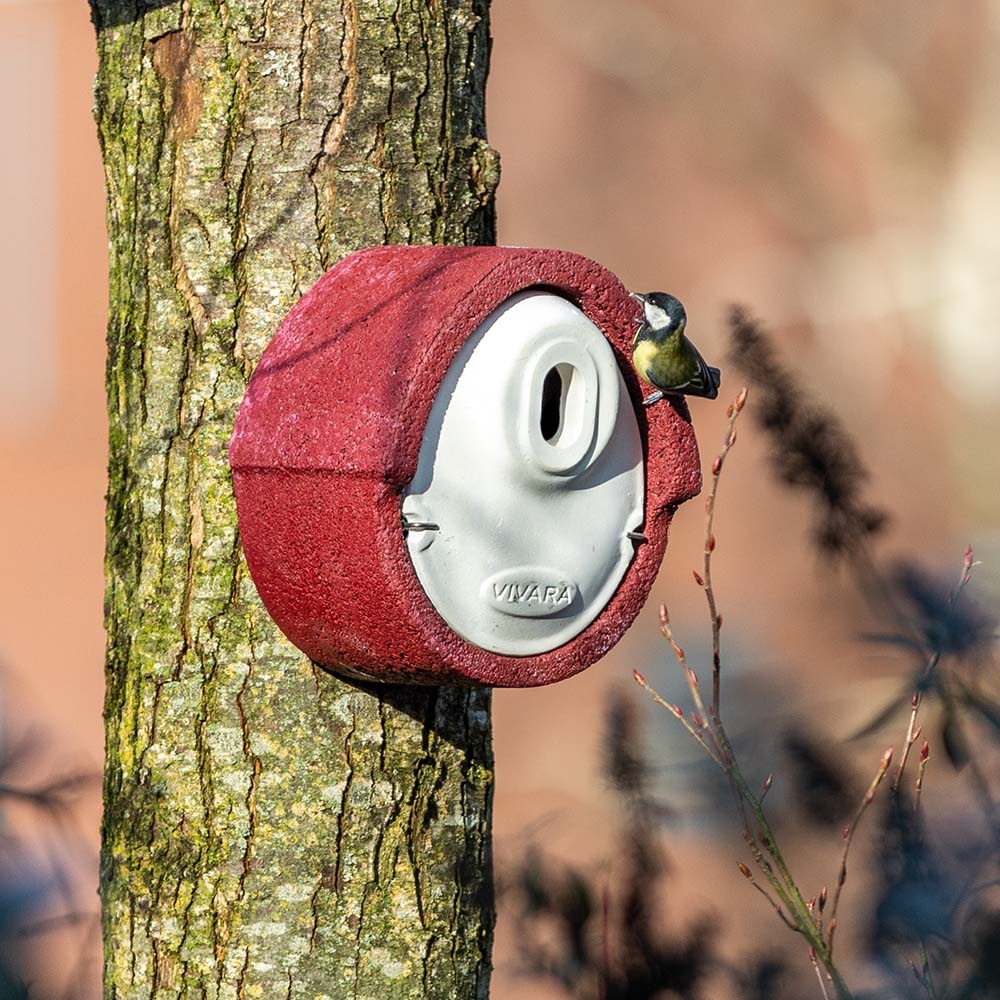Our experts have created these tips to guide you through installing your bird box.

Who uses a nest box?
The first thing to know is that not all birds will use bird boxes, many garden birds, such as chaffinch, goldfinch and long-tailed tits like to build their nest within trees and bushes. It is the cavity nest builders that are most likely to use a box as it mimics their natural nest space; a hole or crevice in a tree. But with the lack of natural nesting sites available, putting up a bird box has become more vital to encourage birds to nest in your garden rather than find a possibly dangerous location to settle in.

Which direction should it face?
A bird is looking for a safe and sheltered space to raise their young, so angle your bird box so that it is not in full sunlight or has a prevailing wind blowing straight in the box. The side of your house or in a sheltered wooded area are good places to start!

How high?
We recommend hanging your nest boxes around 3 metres high to even 5 metres up, to help mimic the natural height of a nesting space in the wild. It's also important to ensure you have a clear flight path to your nest box, so your garden birds can access the bird box easily.

When is the best time to put one up?
Hanging up a nest box in winter is a great time of the year to do this, so they can take shelter from the cold weather and familiarise themselves with a nest box ahead of spring. Spring is when breeding season starts, which is when nest boxes will be at their busiest. Bird parents will be nesting in Spring, which means eggs will be hatching and chicks will growing into fledglings.

Should you clean them?
September or October is a great time to clean out your nest boxes once breeding season has finished and your feathered tenants have fledged the nest. Leaving a nest uncleaned after breeding season can cause parasites to grow from old eggs or perished young, so it's important to clean it out to allow a new family to make a safe and clean nest.
Browse Cleaning Range











